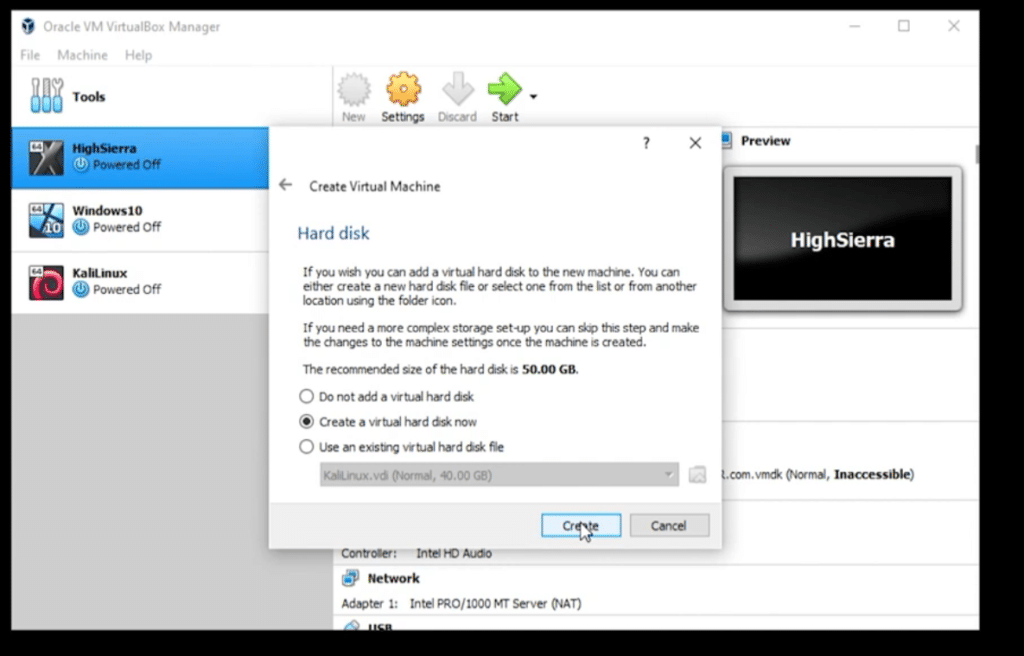

Select the " Create a virtual hard drive now" option and click on " Create".Ħ. Then proceed to create a Virtual hard drive for your machine. Specify the amount of memory to be allocated on the virtual machine and click " Next >"ĥ. After you have done all your selections, click " Next >".Ĥ. Windows 8 (64 bit) if you have purchase the 64 bit version).ģ. Windows8_64), for machine type select " Microsoft Windows" and choose the version (e.g. In " Name and operating system" window, type the new machine name (e.g. Launch Oracle VM Virtual Box and click "New".Ģ. If you fulfill all of the above requirements, then proceed with the creation of a new virtual Machine inside the Virtual box.ġ. Get an official copy of Windows 8 ISO Image and the required product key. If not, then you can download and install it from here.Ĥ. The Oracle VirtualBox 4.2.6 (the latest release) for Windows hosts might already be installed on your computer. * Read this post to learn how to enable Data Execution Prevention and virtualization technology (VT) features.ģ. In this case, you must check if Data Execution Prevention and virtualization technology (VT) features are supported and are already enabled in your BIOS.* If the above features are not supported, you should see the following window: If Hardware virtualization technology and data execution prevention (DEP) are supported by your system, you should see the following window on your screen: To check if your system’s processor supports the above security features: These feature also called " No Execute (NX)" for AMD processors, and " Execute Disable (XD)" for Intel processors. Your processor must also support these security features: Graphics card: Microsoft DirectX 9 graphics device with WDDM driverĢ.


Processor: 1 gigahertz (GHz) or faster with support for PAE, NX, and SSE2ī. If you want to test Windows 8, the latest Microsoft's operating system, and you want to test them without affecting your operating system, then read this tutorial for further instructions to do this.Ī.

The new operating system, supports faster boot time, improved search function, dynamic desktop support and more. The first big change for Windows users in the new operating system is the absence of the familiar to all of us old Windows interface. The new operating system changes the way Windows worked until today, with new features like touchscreen interface, (like tablets), cloud integration support, better multiple monitor support, etc. Windows 8 is out in the market starting from the end of October 2012.


 0 kommentar(er)
0 kommentar(er)
